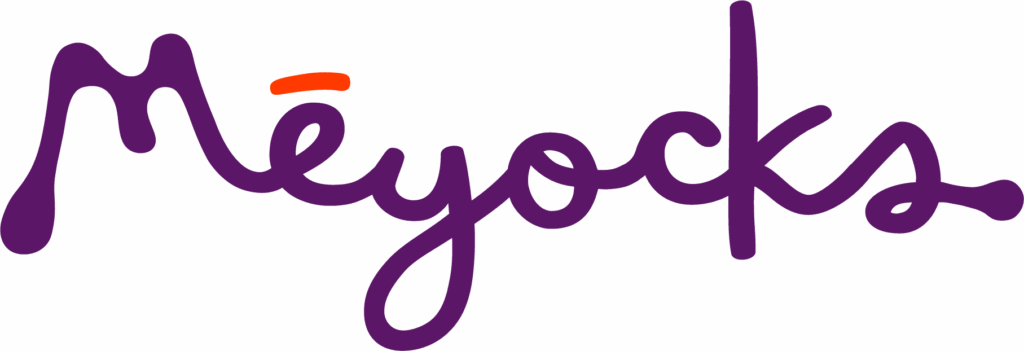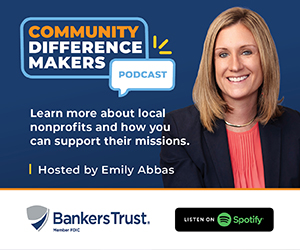McLellan: Digital media trends for 2019

If you’d used the term “podcast” in 2005 or 2006, the odds are pretty good that your audience wouldn’t have been familiar with the term. They might have assumed it was somehow associated with Apple’s iPod device, but beyond that, you would have received a lot of blank stares.
Not so much today, as Edison Research’s recently released study, “The Infinite Dial 2019,” demonstrates over and over again. “The Infinite Dial” is the longest-running survey of digital media consumer behavior in the U.S., with the first study in 1998. The research tracks mobile behaviors, internet radio, podcasting, social media, smart speakers and more.
When the people at Edison Research are not studying digital media trends, they often have their eye on American politics and public sentiment. Edison is the sole provider of Election Day polling data to the National Election Pool. Edison has conducted exit polls to project and analyze results for every major presidential primary and general election. Its work continues for the 2020 U.S. elections, with Edison providing exit polls and tabulating the national vote across every county in the United States for ABC News, CBS News, CNN and NBC News.
It is safe to say the data is quite reliable and a solid foundation for us to use as we consider whether or not podcasting is a viable channel for our marketing efforts.
Podcasting shows explosive year-over-year growth again in the 2019 research results. One-third of the population reported having listened to a podcast in the last month, representing 90 million monthly listeners. Among the U.S. population ages 12 and older, the total number of people who have ever listened to a podcast passed 50% for the first time.
“This is a watershed moment for podcasting – a true milestone. With over half of Americans 12+ saying that they have ever listened to a podcast, the medium has firmly crossed into the mainstream,” said Tom Webster, senior vice president at Edison Research.
The spoken-word audio sector also saw increases with audiobooks, as the portion of the U.S. population that has ever listened to an audiobook surpassed one-half for the first time.
Other findings of note include:
The number of current users of Facebook continues to drop. The study shows an estimated 15 million fewer users of Facebook than in the 2017 report. The declines are heavily concentrated among younger people.
Facebook is still the most heavily used and recognized social media platform, with Instagram coming in a distant second, with 39% of the population using it, versus Facebook’s 61%.
More than half the U.S. population now reports having used YouTube specifically for music in the last week. This number is now 70% among 12- to 34-year-olds.
The percentage of Americans who listen to online audio (defined as listening to AM/FM radio stations online and/or listening to streamed audio content available only on the internet) has doubled since 2012, growing from one-third of the population to two-thirds.
Time spent listening to online audio has reached a record high this year, with weekly online audio listeners reporting an average of nearly 17 hours of listening in the last week.
79% of the population is aware of smart speakers like Amazon’s Alexa or Google’s Home, with 23% of the population having at least one device in their home.
Many of these shifts are tied to mobile device ownership and usage in the U.S. and the technology that makes it easy for us to consume content on the fly, choosing exactly what we want to consume and when.
In the next few weeks, we’ll do a deep dive into what these findings mean for your marketing efforts for the rest of 2019 and into 2020.










